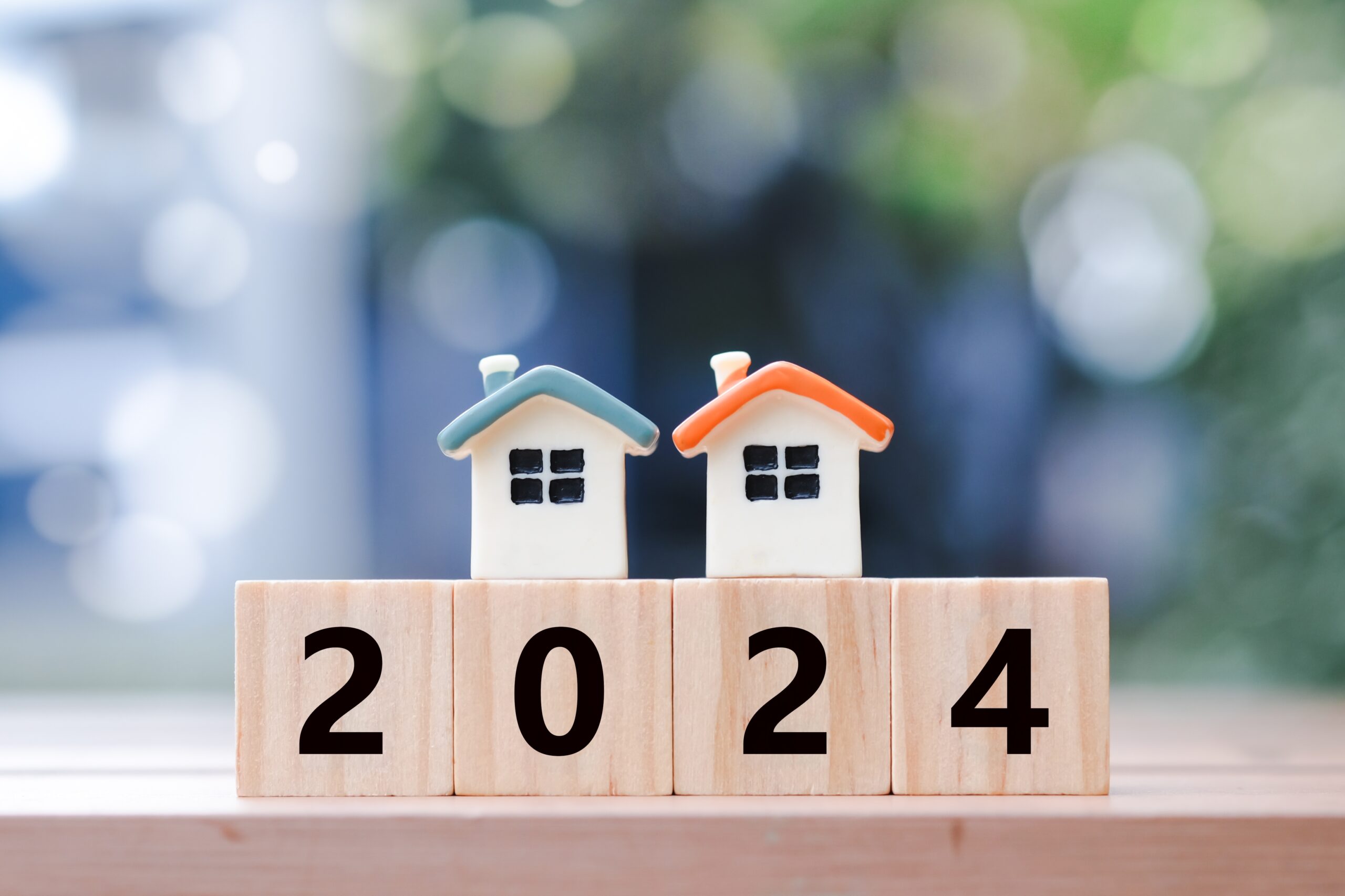Now that new Auditor’s valuations are out in Hamilton, Butler, Clermont and Montgomery counties (as well as another 20-25 counties throughout Ohio), our firm is experiencing a record number of calls and emails on property tax valuation challenges. We also have taught four seminars on the topic just in the past week to more than 200 participants. Based upon our experience and questions raised in these seminars, here are some random thoughts, hopefully providing some wisdom on the topic:
- Most — if not all — of our calls and emails start with this line: “I am calling [writing] because the Auditor raised my valuation by xx% from last year.” OK, that’s interesting and certainly may seem extreme, but (a) it is utterly the wrong starting point and (b) it is completely irrelevant to our analysis and that conducted by the Board of Revision.
- The reason this is entirely irrelevant is that (a) a property owner in 2024 (for their 2023 valuation) is entitled to have his property valued at fair market value as of January 1, 2023. Fair market value is defined as “what a reasonable buyer would pay a reasonable seller, neither party being under undue duress or motivation.” This is the same valuation formula in which buyers, sellers, lenders, Realtors and appraisers typically engage. You are not entitled to a lower number because it was lower last year and (b) thus, comparing a newer (and possibly proper) valuation to an earlier incorrect valuation places the analysis in the wrong framework. The question is not to compare to last year’s valuation. Rather, the question is: Does your current valuation reflect the value of the property as of January 1, 2023 (the valuation date in question for challenges this year)?
- Property owners, including homeowners, are frequently lulled into a belief that they have a statutory right to a lower valuation than “fair market value” — that the Auditor or Board of Revision somehow look at valuation differently than those transactional parties. This simply is not so. So, getting the first tax bill at full fair market value can be a jolt.
- To my surprise, I received an email last year from a friend and former client who lives in Western Hills: “How could the Auditor think property values have increased 30% over the past three years?” My response: “Maybe because the nation is experiencing an unprecedented housing boom and Cincinnati/Hamilton County are ground zero of the boom.” His response: “I had no idea.” My response: “Do you live under a mossy rock? It’s been in the newspaper three times per week for the past three years.” You really do need to be out of touch not to understand the aggressive housing market that has existed some the pandemic began.
- The previous blog entries I wrote indicating that tax rates would roll back nearly the same percentage as the average valuation increases turns out not to be accurate. The rate rollback certainly is there, but it is smaller than I expected and it varies by property categories (commercial, agricultural and residential) and by taxing district — school district and city, village, and township. Our quick analysis, for example, is that in the City of Cincinnati/Cincinnati Public Schools (the largest taxing district in southwest Ohio) valuation went up 26.65% and the rate rollback was slightly more than 10%, yielding an overall average tax hike of 16.05%.
- For many property owners, we are recommending that they not challenge their valuation. Despite the sticker shock of all of this, most residential properties and certain commercial properties (such as apartment buildings and industrial/warehouse buildings) have in fact soared in value. Remember, the Board of Revision can INCREASE a valuation as well as provide a REDUCTION, so be careful about asking them to take a close look at your valuation.
- This is so also because frequently, the cost of the proceeding (maybe $2,500 for a residential property and $10,000 for a commercial property) exceeds the available savings. We recommend paying a small sum to an appraiser to get a preliminary valuation before deciding if you want to proceed further, comparing the 3-year savings (a “win” is guaranteed by law to last at least three years) to the out-of-pocket costs.
- Unless a recent sale is involved, we generally recommend against proceeding without an appraisal. For recently arm’s length sales, the sale price is the proper valuation.
- When reacting to your new tax valuation, remember that this is a cumulative increase since the last revaluation three years ago. If we had an average of 8.0% property valuation growth during those three years, the compounded valuation hike would be 25%, and 10% per year would be a 33% bump. So, (to that fellow who lives under a mossy rick in Western Hills) it’s not hard to see how Auditors in southwest Ohio are seeing average increases of 30% to 40% over the triennial.
If you need help with an Ohio or Kentucky property valuation challenge, or to learn more about the process, contact Chris Finney (513.943.6655) or Jessica Gibson (513.943.5677).



